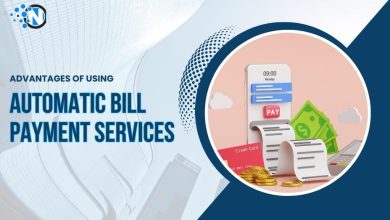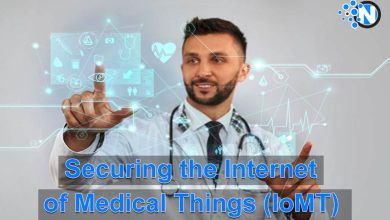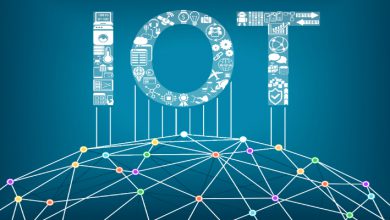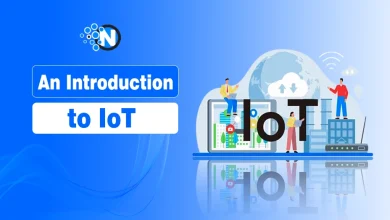Applications of IoT in Sustainable Energy Solutions
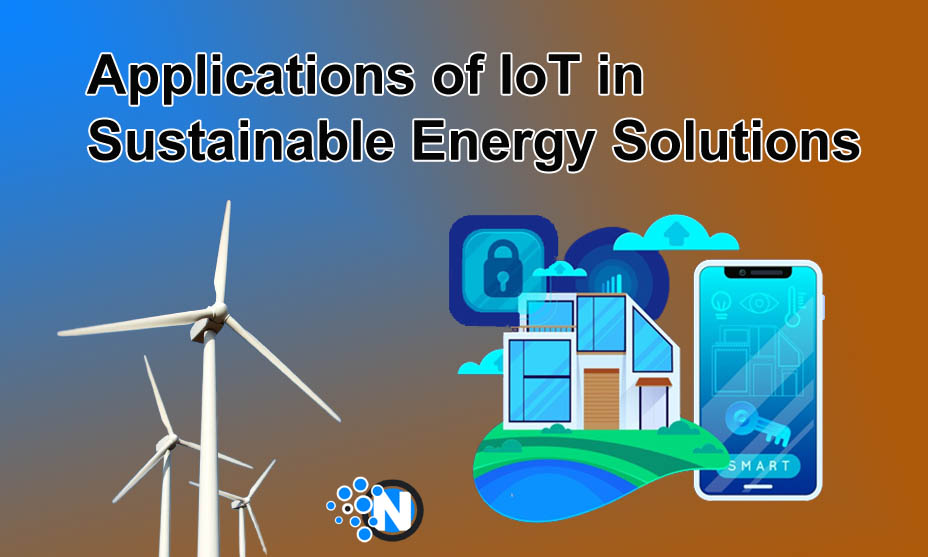
Besides proving its authority in different fields, the Internet of Things (IoT) has showcased its applications in sustainable energy solutions. It can create a dense network of devices and enable them to gather real-time data to innovate more comprehensive strategies for energy management, conservation, and sustainability. Further, IoT can generate essential insights to understand future requirements. Working accordingly, you will be able to save resources and manage crises. We have developed this guide on the applications of IoT in sustainable energy solutions. As a result, you can revolutionize the ways of generation, distribution, and energy consumption.
What is IoT?
The Internet of Things, most commonly referred to as IoT, is a strategy for connecting physical devices to the Internet. The primary purpose of this activity is to collect and exchange data to use it for various purposes. With this approach, you can convert traditional devices into smart gadgets embedded with sensors, software, and other tools to boost performance. IoT also has access to Industrial automation and healthcare to ensure data monitoring in real-time and bring efficiency into critical steps for more ergonomic outcomes. The latest technological advancements have made IoT scalable to transform the digital world and offer an innovative solution for more convenience, productivity, and sustainability.
Applications of IoT in Sustainable Energy Solutions
In the under-section, we have detailed some points highlighting the applications of IoT in sustainable energy solutions.
1 – Smart Grid Management
The smart grid is a modernized electrical grid that mainly works on the principles of IoT technology to improve the efficiency and sustainability of energy resources. When incorporated into sensors and devices, it helps in real-time monitoring and control of electricity generation, distribution, and consumption. Consequently, you will get the following advantages.
- Load Balancing: By managing production and distribution, you can balance the proper electricity supply to avoid negative consequences.
- Renewable Integration: Smart grids help integrate renewable energy resources by accommodating wind and solar energy.
- Energy Efficiency: IoT also helps maintain the power flow to minimize energy wastage and improve efficiency.
2 – Energy Consumption Monitoring
IoT has also made it very easy to monitor energy consumption by designing smart meters and sensors. These devices have the potential to track the usage in real time and generate insights to estimate the total amount of delivered and used power. Additionally, IoT allows homeowners and businesses to check their bills to pocket significant perks, as described below.
- Set Energy Goals: By checking the main areas of energy consumption, businesses, and homeowners can create a comprehensive schedule to monitor limited usage.
- Demand Responses: IoT also enables utilities to provide data to consumers regarding peak timing. Thus, they can reduce their bills by not running heavy devices during such hours.
3 – Energy-Efficient Building Management

Energy-efficient buildings are also important applications of the Internet of Things and have opened doors to new technological revolutions. These buildings use sensors, actuators, and data analytics to incorporate energy-efficient structures. Consequently, they optimize heating, cooling, and lighting to minimize energy wastage. Other energy-consuming systems that are optimized are the following.
- HVAC Control: IoT sensors have the ability to monitor temperature, humidity, occupancy, and heating processes to ensure optimal energy efficiency.
- Predictive Maintenance: With the help of IoT devices, you can easily analyze the defects in specific applications, leading to their predictive maintenance to avoid breakdowns.
4 – Renewable Energy Optimization
With the immense usage of non-renewable resources to produce energy, the world is suffering from severe environmental impacts and associated health and wildlife hazards. However, the Internet of Things has made it easy to utilize renewable energy resources in different processes to produce power and integrate it into the systems. The crucial renewable energy sources are:
- Solar Power: By trapping the sunlight and using its photons, IoT streamlines the process of extracting energy from it.
- Wind Power: Wind is the second most powerful renewable energy resource that can improve the performance and reliability of energy systems.
5 – Electric Vehicle Charging Infrastructure
With the development of AI and machine learning, companies are on their way to making incredible products that can surprise the world. Electric vehicles are also one of those inventions that have taken the world by storm. However, managing them is critical as certain considerations are there to avoid damage. IoT helps in managing all those challenges through the following methods.
- Smart Charging Stations: Charging stations equipped with the Internet of Things offer convenient charging and availability updates alongside payment processing.
- Battery Health Monitoring: Batteries play a critical role in running electric vehicles. IoT can monitor and optimize the charging process to ensure that you can use your vehicle for longer.
6 – Energy Storage Management
Energy storage systems are vital in this fast-paced world to balance the supply in the case of shortage. Similarly, they also help countries meet the increased electricity demand, especially on occasions and events. However, traditional methods are not working anymore to balance such massive systems. Therefore, IoT comes up with its application to bring efficiency and reliability to these systems.
- Battery Management: Batteries are the biggest source of storing energy. IoT helps properly manage these storage devices to ensure better performance.
- Remote Diagnostics: Diagnosing system errors is also crucial when it comes to managing power resources for an extended duration.
7 – Environmental Monitoring and Conservation
Another important application of the Internet of Things is to process environmental monitoring and conservation of different resources to prevent them from diminishing. It saves the ecosystem and allows you to sustain the energy resources for the future. Otherwise, severe adverse consequences are expected.
Final Verdicts
The applications of IoT in sustainable energy solutions have gained significant importance in optimizing and saving energy. Otherwise, the world is on the verge of getting out of non-renewable energy resources, posing significant threats to the survival of organisms and other species. IoT has immense benefits in bringing efficiency and automation in several critical processes to generate, store, and process energy to reduce waste. As a result, it guarantees a more sustainable future with brighter prospects in the near future.

